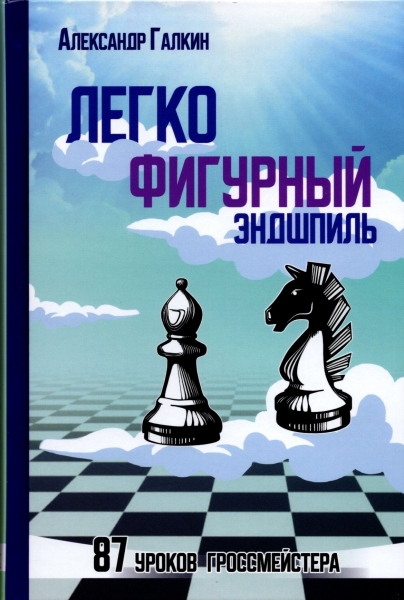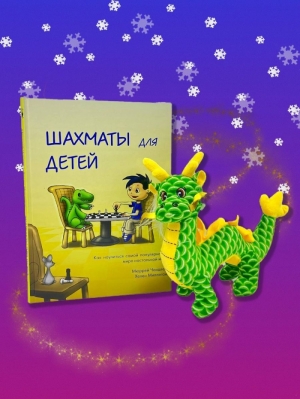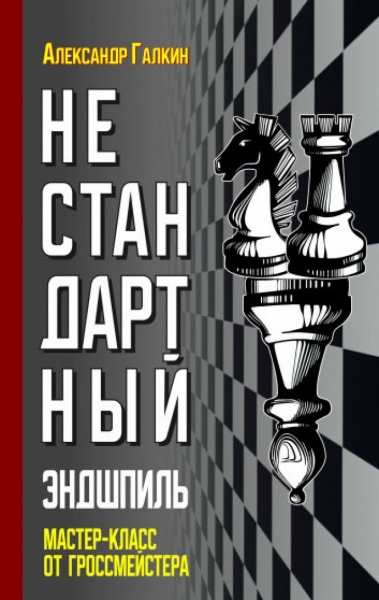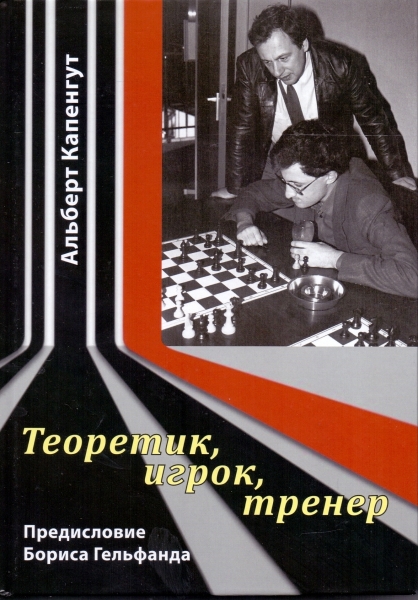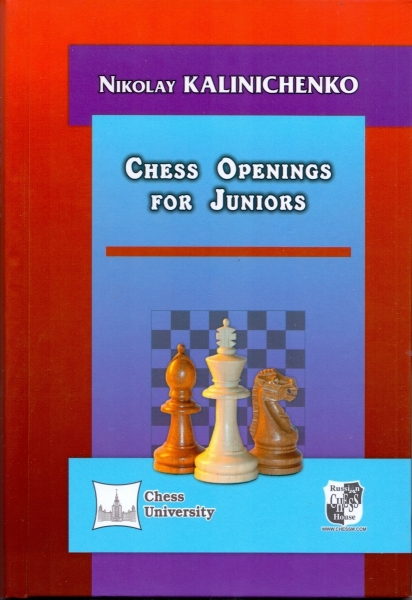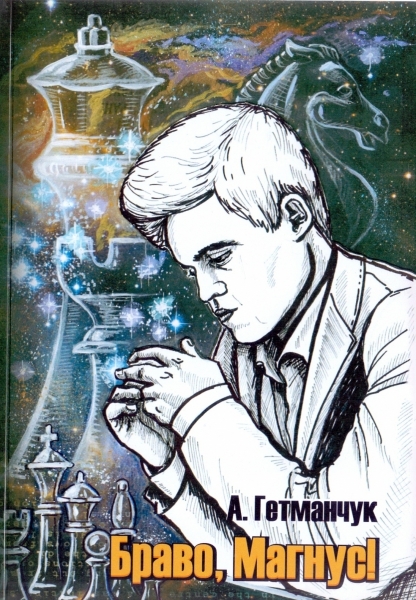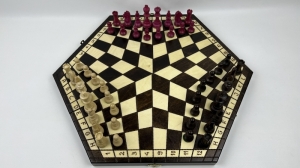Author:
Kapengut
An outstanding theorist and successful coach shares his memories of communication and cooperation with Mikhail Tal, Anatoly Karpov, Isaac Boleslavsky, Elena Akhmylovskaya and other outstanding chess players. Separate large chapter – a story about many years of work with Boris Gelfand: over these years (1980-1993) the student went from a 12-year-old candidate for master to the holder of the 3rd rating in the world.
Albert Kapengut – winner of 6 gold medals at the World Student Olympics, seven-time champion of Belarus, participant in the individual and team championships of the USSR among men, champion of the USSR as part of the Burevestnik team. The book includes 70 games commented in detail by the author, a careful study of which will help the reader not only better understand popular opening schemes, but also get a taste for serious analytical work.
“My story is not so much about a career, although “you can’t erase words from a song,” but about memorable situations, often funny, sometimes absurd, and dotted about people I met along the way, sometimes with touches of biography, prompting readers to become interested in more complete information.” ;" (A. Kapengut).
For a wide range of chess lovers.
43.33 $
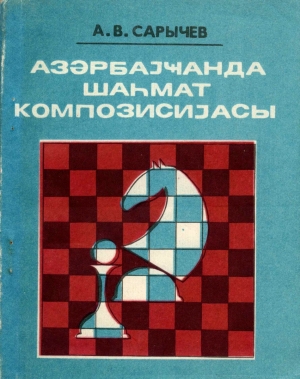 Chess composition in Azerbaijan / Азəрбаjҹанда шаhмат композисиjасы
Author:
Chess composition in Azerbaijan / Азəрбаjҹанда шаhмат композисиjасы
Author: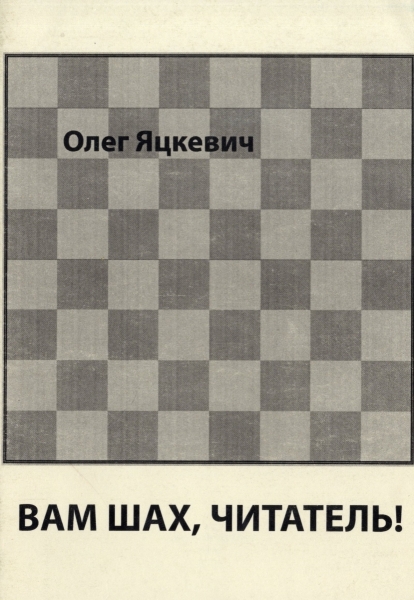 Check it out for you, reader
Author:
Check it out for you, reader
Author: Notebook of the chess player of the Russian Chess Federation
4.25 $
Notebook of the chess player of the Russian Chess Federation
4.25 $
 Lessons of Mastery. Second edition, revised
Author:
Lessons of Mastery. Second edition, revised
Author: Alexandra Goryachkina: On the way to the chess Olympus
Author:
Alexandra Goryachkina: On the way to the chess Olympus
Author: Complete Encyclopedia of Health by Dr. Zalmanov
Author:
Complete Encyclopedia of Health by Dr. Zalmanov
Author: Invitation Fide candidates tournament 2020
92.50 $
Invitation Fide candidates tournament 2020
92.50 $
 64 chess review No. 1,2,3,4,5,6,7,8,9,10,11,12 for 2024 (Price per issue)
5.00 $
64 chess review No. 1,2,3,4,5,6,7,8,9,10,11,12 for 2024 (Price per issue)
5.00 $
 Antique pre-revolutionary wooden chess
187.50 $
Antique pre-revolutionary wooden chess
187.50 $
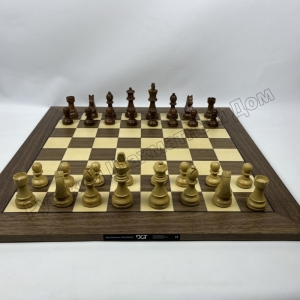 DGT Timeless Wooden weighted Chess Set Handcrafted with Non-Folding Board
600.00 $
DGT Timeless Wooden weighted Chess Set Handcrafted with Non-Folding Board
600.00 $
 Русский
Русский  Английский
Английский 